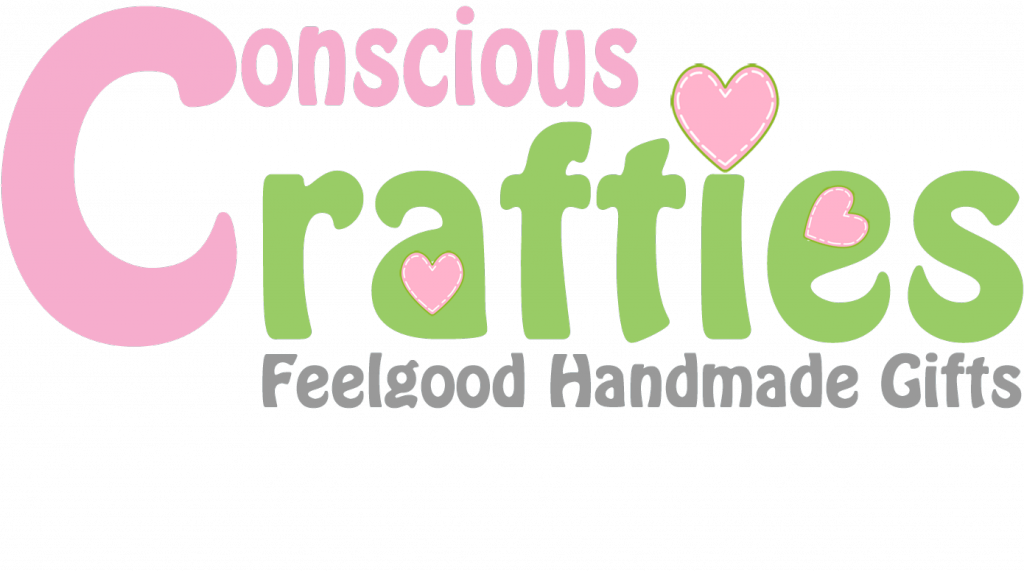
Health and an aging population
New research reveals that over half the population of UK adults either aren’t planning to get the
jab this winter or are unsure which could leave millions unprotected. Many turn the jab down because they incorrectly believe it would make them sick or that it would have zero impact on their health but the illness can have a very serious impact on vulnerable people.
Flu jab coverage isn’t as high as it should be, with 1 in 10 still unsure whether they are eligible for the free flu jab this year, and 13% of the nation who are eligible for the jab saying they are not planning on getting it.
In total, over half (58%) of UK adults either aren’t planning to get the jab this winter or are unsure. This could leave millions unprotected, particularly those who are vulnerable.
You should have the flu vaccination every year so that you stay protected. The virus that causes flu can change every year, so this winter’s flu will be different from last year’s, and for some it can lead to very serious health complications causing 4,700 deaths in England each year.
Flu Expert and pharmacist Kajal Ruda was interviewed by PatientTalk.Org to find out more.
PatientTalk.Org – The first question is, what is the flu exactly and why are there so many different types?
Kajal Ruda – Ok, so the flu is a common infectious virus, it can be unpleasant and the symptoms can be managed, it’s a virus that’s spread through coughs and sneezes.
PatientTalk.Org – How does it differ from a common cold?
Kajal Ruda- Ok so the symptoms for cold and flu is very different, the flu symptoms come on quickly, usually include fever and aching limbs and muscles and make you feel really really unwell that you can’t actually get on with your day to day activities, so you can’t go to work, you can’t go to school or college, whereas with the cold these symptoms tend to come on quite gradually, mainly affect your nose and your throat and are fairly mild so you can still get around and you know go to work and do your usual day to day activities.
PatientTalk.Org – How is flu treated?
Kajal Ruda – Flu, the best way to basically treat flu is rest at home, drink plenty of water to prevent dehydration and keep warm and take maybe some over the counter medication such as paracetamol or ibuprofen to keep your fever low.
PatientTalk.Org – What happens if it’s not treated?
Kajal Ruda – Some of the complications of flu could be things like a chest infection that can continue to develop into things like pneumonia which is sometimes what can happen with people living with long term conditions such as vulnerable people who have diabetes or (Celio PD?) or you know any of the long term conditions.
PatientTalk.Org – Can it cause other longer lasting conditions say if you had a chest infection could that turn into a bronchial infection which could later turn into asthma?
Kajal Ruda – No, that’s not how asthma actually is diagnosed, so what you said is right, yes if you do have flu and that turns into a chest infection, which is then not treated it can cause things like pneumonia which is another harmful condition that you can be hospitalised for.
PatientTalk.Org – What are flu jabs and how do they work?
Kajal Ruda Ok, so flu jabs are what you said is a flu vaccine, it’s an inactivated form of the virus which is put into a vaccination, when given to you what it does is the vaccine actually works by stimulating your body’s immune system so it makes some molecules which is antibodies, which when you’re then exposed to the flu virus, your body is protected, so its attacking the virus, so you don’t get flu.
PatientTalk.Org – Why have flu jabs had such negative press earlier this month?
Kajal Ruda It maybe because some people perceive the flu jab to actually give you flu. Now that’s not the case like I mentioned it’s an inactivated form of the virus so it can’t give you flu.
PatientTalk.Org – Would you recommend flu jabs and for whom should you recommend them to?
Kajal Ruda Well, anyone can have the flu jab, of any age, I’d recommend anyone to have it because anyone can get the flu. People that are at risk or are vulnerable such as your over 65 year olds, if you’re pregnant or you’re living with a long term medical condition such as diabetes, heart disease, lung disease or you’ve got a weakened immune system then you should definitely have the flu jab because it could develop into further complications.
PatientTalk.Org – Finally is there such thing as ‘man flu’?
Kajal Ruda It’s just because of the way that the symptoms probably develop or the way that your body tends to respond to it, the flu whether it’s man flu or regular flu, you treat it the same way.




